Fall Nitrogen Critical Role in Turf Lawn Health
Study after study (listed below) have shown the importance of nitrogen applications in the fall. Many think that nitrogen only promotes upper green growth however that is not true. It plays a critical role in root development and preparation for winter storage of carbohydrates for better spring green up.
Fall Nitrogen on Lawns Video
Free Lawn Care Guides
Click the picture below and then select the guide you need.
New – DGL Dark Green Lawn
All fast release 25-0-0 + 6% iron.
GreenShocker Fast Acting Granular
GreenShocker is a granular, all fast release, fertilizer supplement.
PGF Complete 16-4-8 Lawn Fertilizer
This is the main fertilizer for ALL lawns during the growing season. Warm season and cool season lawns.
HUMICHAR…
Should be applied to ALL LAWNS and can be applied as heavy and as often as you like. It contains NOTHING that can hurt your lawn and is 50/50 mix of biochar and humic acid.
Killing Grubs and Army Worms with the Double Kill Doucide
Preventative products should be used in the late summer. Killing products work best in the spring. The product below can be applied anytime of the year to kill grubs.
Dirt Booster Plus for Lawns and Gardens
Lawn ALIVE™
PGF Balance 10-10-10
A professional grade 10-10-10 with tiny particles, micro nutrients, and iron. Great first step for late winter.
Spray Bottles
BOTH BOTTLES ARE ON THIS LISTING
Granular Fungicide for Lawns
Lawn Hose End Spray Bottles
WARNING: Use only the 20:1 ratio bottles and do not pay more than $19 for TWO bottles. When out of stock, others will charge up to $40 if out of stock. Simply wait until they come back in stock from Andersons.
Green Dye Doc Uses
Uses gloves and if you get on your hands, wash with a bleach kitchen cleaner and soap to remove.
Large Spreader Used – Top Pick for 2024
Probably one of the best VALUES for a large spreader with huge wheels.
Lawn care tips and Bermuda lawn care.
Key Studies on the Importance of Fall Nitrogen Fertilization for Turfgrass and Lawns
Nitrogen (N) is a critical nutrient for turfgrass health, promoting chlorophyll production for photosynthesis, enhancing green color, increasing shoot density, and supporting root development. In the fall, applications are particularly vital for cool-season turfgrasses (e.g., Kentucky bluegrass, perennial ryegrass, tall fescue) because they align with the plant’s active growth period before dormancy. Fall N helps build carbohydrate reserves in roots and crowns, improving winter hardiness, reducing spring stress vulnerability, and accelerating green-up in the following season. Below, I summarize findings from several research-based studies and extension publications, focusing on these benefits.
-
Agronomic and Physiological Responses of Cool-Season Turfgrass to Fall-Applied Nitrogen** (Bauer et al., 2012, *Crop Science*)
– This field study examined N rates (0–2 lb N/1,000 sq ft) applied in September–October to creeping bentgrass and Kentucky bluegrass plots in Wisconsin.
– Results: Fall N at moderate rates (0.5–1 lb/1,000 sq ft) significantly increased root mass (up to 25% more than untreated plots), carbohydrate storage, and fall color retention without excessive top growth. Higher rates led to minor leaching risks but still boosted physiological health metrics like photosynthetic efficiency. Plants with fall N showed 15–20% better winter survival and earlier spring vigor.
– Role in Plant Health**: Fall N shifts energy allocation toward roots and storage tissues, enhancing resilience to cold, drought, and disease, while minimizing environmental loss compared to spring applications.
-
Fall Applications of Foliar-Applied Nitrogen and Potassium on Annual Bluegrass Putting Greens** (Prairie Turfgrass Research Centre, 2016–2019)
– A two-year trial tested foliar N rates (0–1.5 lb/1,000 sq ft) applied biweekly in late August–early October on sand-based greens, measuring tissue uptake, cold tolerance (LT50), and spring recovery.
– Findings : Low-to-moderate N (0.4–0.8 lb/1,000 sq ft) improved fall color (via NDVI scores up 10–15%) and spring green-up ratings, with effective foliar absorption (3–5% tissue N increase per application) even in cooling temperatures. Combined with potassium, it enhanced cold hardiness, though N alone sufficed for basic recovery.
– Role in Plant Health**: Supports nutrient accumulation for overwintering, boosting photosynthesis and root growth to combat winterkill and promote denser, healthier turf post-dormancy.
-
Turfgrass Fertility Basics: Nitrogen Timing and Rates** (Michigan State University Extension, 2001)
– Reviewed optimal N strategies for cool-season turfs, emphasizing September applications (0.5–1 lb/1,000 sq ft) based on regional trials.
– Study Findings : Fall N post-summer stress increased turf density by 20–30% and carbohydrate reserves, leading to sustained color through late fall. Late-November “spoon-feeding” (0.25 lb/1,000 sq ft) further aided color without major disease risks.
– Role in Plant Health**: Builds energy stores in roots and rhizomes for spring growth, improving overall vigor, stress tolerance, and reducing the need for early-season recovery inputs.
-
Best Management Practices for Nitrogen and Phosphorus Fertilizer Use on Turfgrass** (University of Minnesota, 2018)
– Compiled guidelines from long-term trials, recommending 1 lb N/1,000 sq ft in September for low-maintenance lawns, using slow-release forms.
– Results : Fall applications avoided spring-induced energy depletion, resulting in 25% better spring recovery and reduced summer weakness. Clippings recycling added ~1 lb N equivalent annually, amplifying benefits.
– Role in Plant Health**: Optimizes nutrient uptake during active root growth, fortifying plants against winter desiccation and promoting balanced, disease-resistant stands.
Additional Insights from Reviews and Guidelines
– Purdue Extension research highlights fall N’s role in storing sugars and nutrients for overwintering, directly linking it to faster green-up and stress resistance in cool-season species.
– A review in *HortTechnology* (Shaddox et al., 2012) notes that fall N during active growth minimizes runoff while maximizing health benefits like density and color, based on aggregated U.S. studies.
For practical application, aim for 0.5–1 lb N/1,000 sq ft in September–early October using slow-release sources, adjusted for soil tests. These studies underscore fall N as a foundational practice for sustainable, healthy lawns. If you’d like full PDFs or more details on warm-season turfs, let me know!



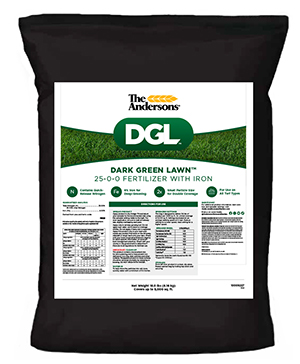

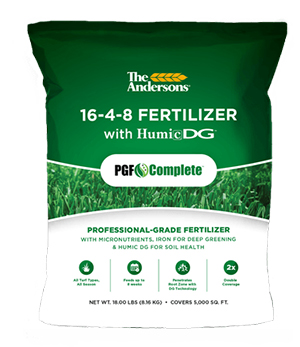
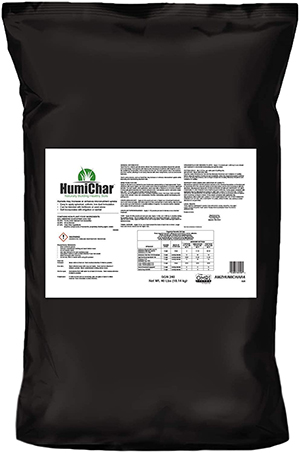
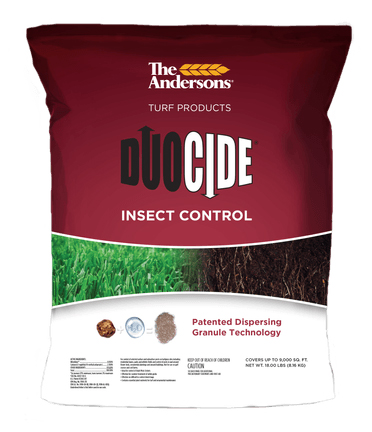


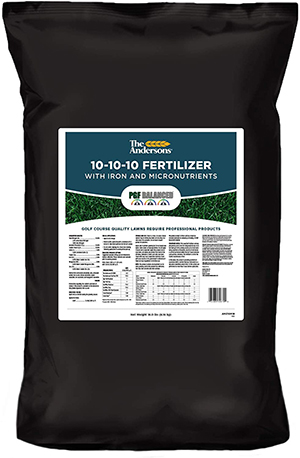


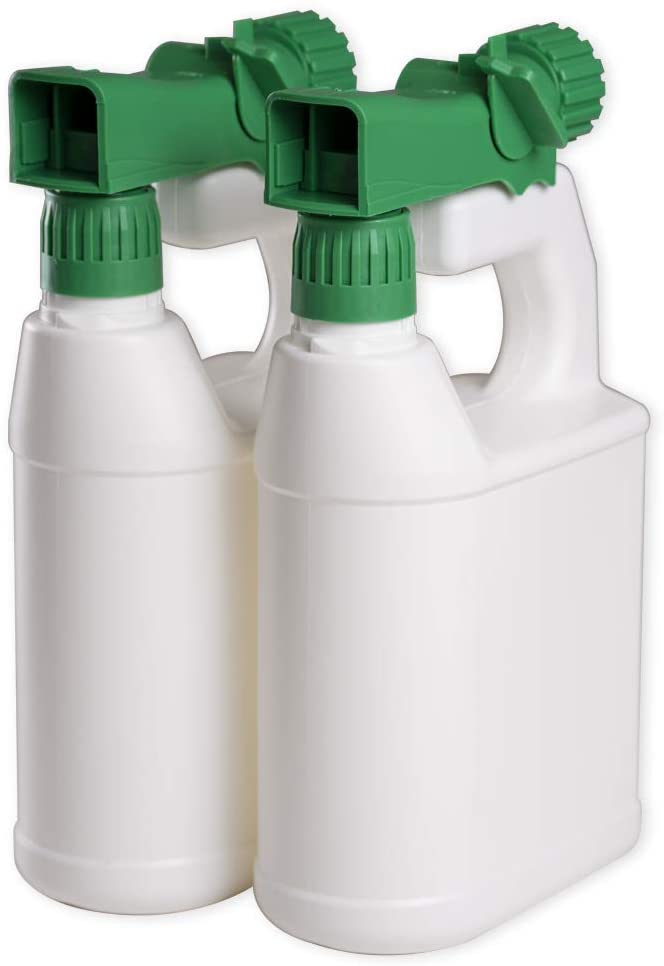
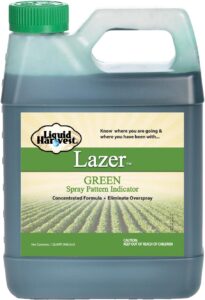
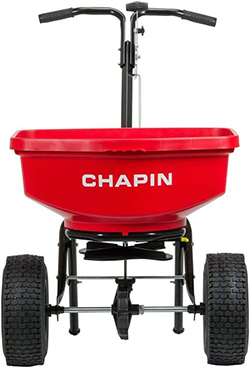

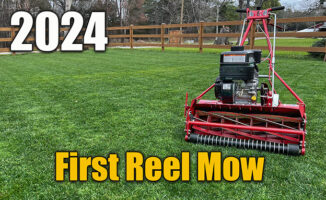
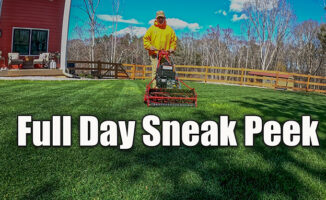

sounds like SUPER JUICE would be an excellent N source!!!!!!!!!!!
Hi,
Should I use 10/10/10 with iron for fast release in my Bermuda? Or which one do you suggest ?
Thanks
ANGEL
Any chance of you spending some time on St. Augustine grass, which most people have in Florida? I’ve tried Anderson’s products on St. Augustine but don’t seem to be having good luck. Also, in order to get decent pricing from them now, they are asking for a commitment to buy more of their product in the future. I may be wrong, but that might drive some buyers away that don’t feel comfortable making that commitment. Just a thought!
Doc, I had a poanna problem last year in my half acre common Bermuda grass, killed it and had a good spring yard. Then I started seeing Virginia Buttonweed that eventually got away from me and took over the yard. It’s just beginning to turn brown now. So what do I need to do to prevent it from coming back next spring? I read that preemergents don’t work on it? Thanks Dave North Eastern North Carolina.
my posted comment has disappeared??? How about Super Juice for supplemental Fall (N) ???